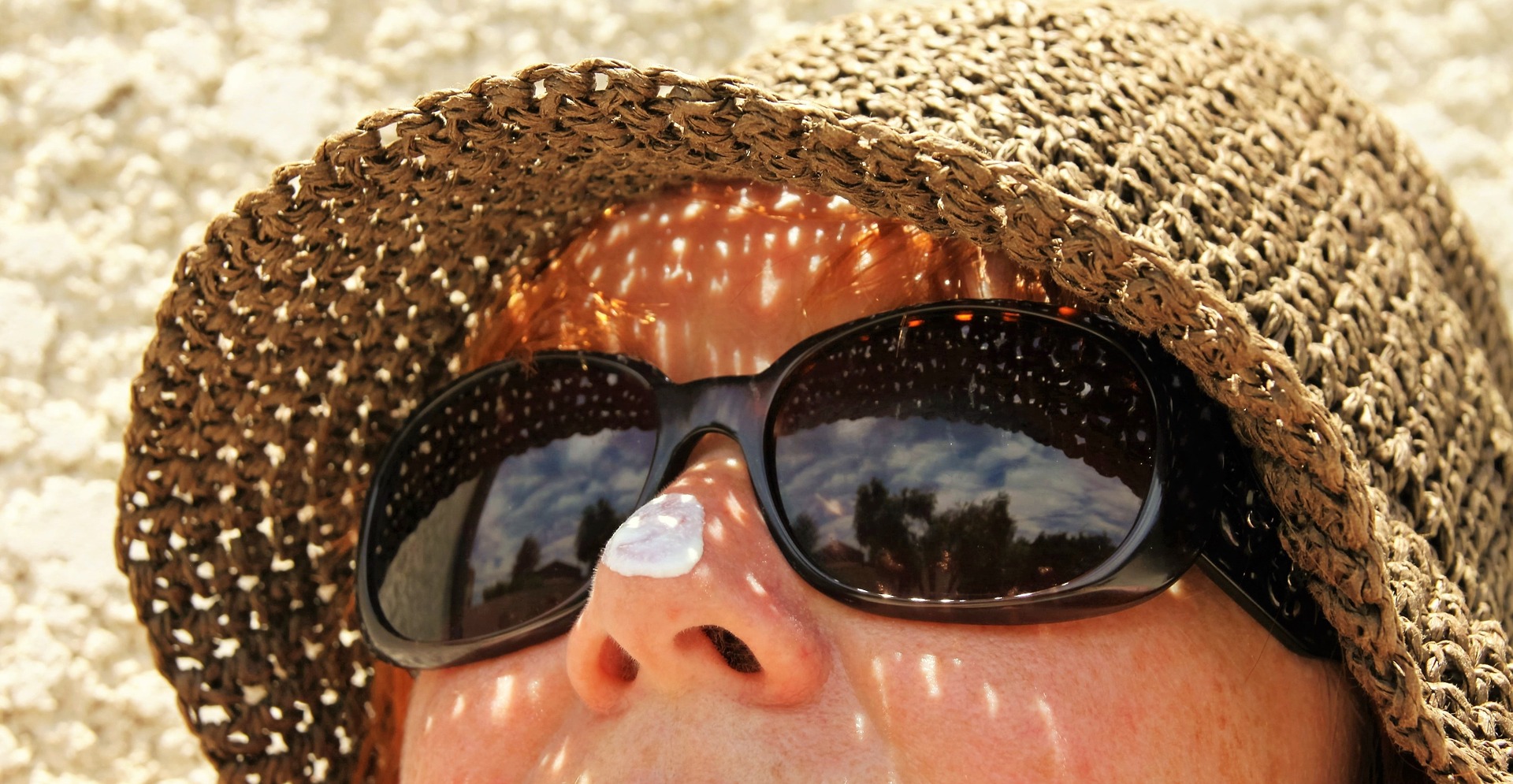Skin cancer is by far the most common cancer, with most skin cancers being basal cell carcinomas and squamous cell cancers. More rare are melanomas, which are a more serious type of skin cancer. Although they make up only 1% of all skin cancer diagnoses, melanoma is responsible for the most skin cancer deaths.
What is melanoma?
Melanoma is a type of cancer that develops from cells called melanocytes which are the cells that make the pigment. Most melanomas arise in the skin but some develop in other types of the body, including the eye and intestines.
Melanomas can vary significantly in how they appear and may first appear to be a new mole, or one may notice changes to a mole they have had for some time. Some common features seen in melanomas are an asymmetrical appearance, an irregular border, uneven coloring, getting larger, or changing its look. Because there can be so many different variations in appearance of melanoma, it is important to follow-up with your healthcare provider if you notice moles that are changing.
What are risk factors for melanoma?
There are many factors that affect one’s risk of developing melanoma including genetic and environmental factors. In this way Melanoma is a good example of a multifactorial condition.
● Ultraviolet light exposure (UV) – people are exposed to UV rays both through sunlight, and also through sunlamps and tanning beds.
● Skin pigment – people who have lighter skin pigmentation have a higher risk for melanoma. People who have many moles have a higher risk for melanoma as well, although most moles never develop into melanoma.
● Family history – genetic factors can influence risk for melanoma and there are a handful of genes which have been strong associated with melanoma. However it is important to note that families share more than just their genes; they may share other risk factors as well, including lifestyle and zip codes that may make them prone to higher UV exposure.
● Age – Most cancer risk increased with time and age, and this is true of melanoma. Older people have had more years to develop the damage that can lead to a cancer starting.
● Weakened immune system – People with weak immune systems are more likely to develop skin cancer, including melanoma.
Is there genetic testing for predicting melanoma risk?
There are several genes that have been discovered for which inherited genetic variants (aka mutations) have been associated with an increased risk to develop melanoma. The first of these genes was discovered in 1994 and is known as CDKN2A. Other genes that have been associated with melanoma risk CDK4, and MITF, BRCA2, POT1 and BAP1. Many multigene panels that test for hereditary cancer risk include some or all of these genes.
Should I have a genetic test for melanoma?
There are some genes for which inherited variants are associated with some increased risk for melanoma, but also many other cancers such as BRCA2 which are also associated with risk for breast, prostate, ovarian and pancreatic cancer. If you have a family history of these types of cancers, genetic counseling and consideration of testing could be very important in providing information to guide your care.
However, genetic testing to help assess risk for melanoma alone remains quite controversial and the verdict is still out on how beneficial this information is to guide patient care in many cases. There is also concern that given the multiple factors that play a role in melanoma risk, genetic testing could provide false reassurance to an individual that truly has a very high risk for many other reasons. After all, people often share so much more with their family members than this small handful of genes; they may share the same lifestyle and love of the same recreational activities, skin pigment latitude (affecting UV exposure) and all of these factors could also affect your risk.
Given the current state of our understanding of the genetics of melanoma, your family history may still be the best predictor we have to estimate your lifetime risk to develop melanoma. If you are concerned about your risk or have questions about genetic testing, meeting with a genetic counselor could be beneficial for you.
In the meantime, good advice for all of us to live by to reduce our risk for melanoma as much as possible is to do all you can to protect yourself from UV exposure. Please, please don’t visit tanning beds – the science is glaringly clear on this – tanning beds greatly increase the risk for skin cancer. Try to seek out the shade or cover up when you are outdoors and use good sun protection, wear sunglasses that block UV rays. Also if you care for kiddos, help them cover up too – childhood UV exposure also contributes to skin cancer risk.

